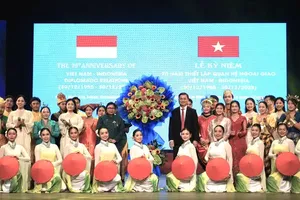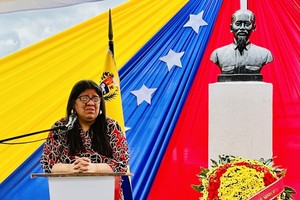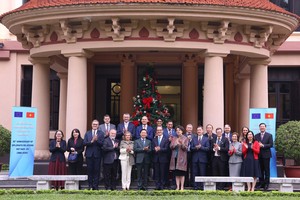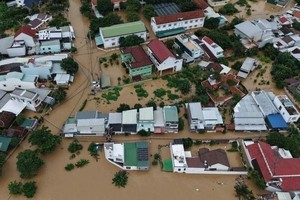A booming black market in African ivory linked to Asian crime syndicates may scupper efforts by Zambia and Tanzania to hold a one-off sale of tusks, experts and delegates at a UN wildlife trade meeting say.
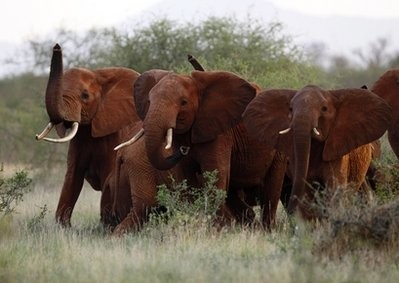
At its last gathering in 2007, the UN-backed Convention on International Trade in Endangered Species (CITES) voted a nine-year moratorium on exports of African ivory.
The ban went into effect in 2008, after South Africa, Botswana, Namibia and Zimbabwe carried out a one-time sale to Japan and China of stockpiled ivory.
But Zambia and Tanzania are now asking the 175-nation body, meeting in the Qatari capital Doha until March 25, for permission to unload their own ivory stocks, also taken legally from animals that died naturally or were culled.
The two countries require a two-thirds majority for their bids to be approved.
A coalition of 23 elephant-range nations not only opposes the measure, but wants to extend the ban on ivory sales to 20 years.
"The 2007 moratorium was meant to ensure there would be no markets (for ivory) in neighbouring countries. At first, it created panic among the poachers," said Cosma Wilungula Balongelwa, a delegate from the Democratic Republic of Congo.
But they regrouped and now operate with military force and tactics, he told AFP.
"They fire on herds with rocket launchers. In Salonga Park -- at 36,000 square kilometres (14,000 square miles) the largest in Africa -- our 140 rangers are completely overwhelmed."
In less than two months, hundreds of elephants in the DRC have been slaughtered by commando-style poachers, he said.
"These are not amateurs. A local network would never be able to handle this volume of contraband."
The upsurge in poaching has caused experts to question the wisdom of allowing exceptional sales of state-held ivory.
In 2007, CITES enforcement officials argued that the moratorium combined with the one-off sale, which raised 15.4 million dollars earmarked for conservation, would depress the price of illegal ivory and thus discourage poaching.
Instead, the tally of elephants killed by poachers has soared, especially in central Africa.
In Kenya, the number has jumped from 47 in 2007, to 145 in 2008, to 234 last years.
And in Chad, one of the northern-most elephant-range nations, the number of tuskers in the wild has plummeted from 3,885 in 2005 to 617 at the end of 2009, according to government figures.
In all these countries, trafficking has taken on military dimensions, said Celine Sissler-Bienvenu, an expert on illegal ivory trade at the International Fund for Animal Welfare (IFAW).
"In December, 80 poachers entered the Central African Republic from Sudan and killed 36 elephants. Then they moved into the DRC and Cameroon. They had heavy arms and were divided into three units -- shooters, cutters and transporters," she said.
Powerful acids melted the elephants' flesh so that tusks could be extracted quickly.
Evidence also points to the "increasing role of Asian-run crime syndicates in moving large volumes of ivory from Africa to Asia," said Tom Milliken, who monitors illegal trade in east and southern Africa for green group TRAFFIC.
"At home, China claims to have a tightly controlled regime for trading in ivory, and imposes the death penalty for large-scale infringements. Chinese nationals living in Africa seem oblivious to this," he said.
Several African delegates, asking not to be named, also blamed mafia-like networks linked to buyers in China.
A study published in Science last week recommended that the Zambian and Tanzanian proposals be voted down until the impact of ivory sales is better understood.
"The immediate fear is that ... allowing one-off sales in any African nation will stimulate the market for illegal ivory everywhere, particularly in those countries where law enforcement is inadequate," said one of the co-authors, Rene Beyers, a researcher at the University of British Colombia.
Zambia holds 21 tonnes and Tanzania 89 tonnes of legally taken ivory stocks.
But DNA analysis of contraband seized in Asia has indicated both countries are also among the most significant source of illegal ivory, according to the paper.





